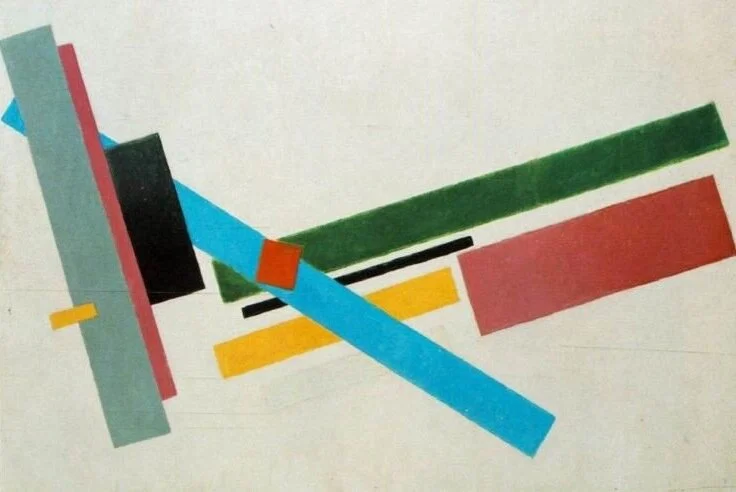Constructing a New Russia
Imagine a world without posters, adverts, screens, cameras and iphones. Imagine a place where meaningful relationships and community come first. Publishing your life through a lens is a surreal, abstract and incomprehensible idea. Welcome to Russia at the turn of the 20th century!
The ‘Russian Wedding Cake’ shows how society was formed before the 1917 revolution with the Tsars at the top.
Industrialisation had positive and negatives effects on Russia. It created wealth, jobs, and the fast and cheap production of goods. In late 19th century the Tsar introduced policies that led to rapid industrial growth which encouraged peasants to leave their work on the land and go to work in new factories in cities such as St. Petersburg and Moscow. They left in order to try to improve their standards of living or to survive. However, it was a trap from the Tsar who made them work for more hours, with little pay (or sometimes none at all). They lived in filth, squalor, sickening food and diseases. This made them realise that it was no better than working on the land.
In 1913 at a tumultuous time for the Russian elite Vladimir Tatlin, an architect, painter and sculptor planted the seeds of constructivism–an artistic and architectural philosophy which rejected the elitist idea that art is autonomous. They saw architecture, politics, society, art, technology and culture as unified and interconnected. A movement in favour of art as a practice for social purposes. Vladimir Tatlin wanted to bend art to modern purposes and to suit the goals of Russia’s communist revolution.
“In the squares and in the streets we are placing our work convinced that art must not remain a sanctuary for the idle, a consolation for the weary, and a justification for the lazy. Art should attend us everywhere that life flows and acts.”
–Vladimir Tatlin
The Russian Revolution
By 1917 the bond between the tsar and the majority of Russian people had been broken. Governmental corruption and inefficiency were rife.
Vladimir Lenin and the Bolsheviks, who were deeply influenced by Marx, lead the October Revolution which dismantled the old system, that before this time had more power than constitutional monarchs. The revolution lead to the rise of the Soviet Union which did away with the old form of social hierarchy.
Unlike today where we have adverts everywhere, the streets of Moscow and St Petersburg were bleak from the industrial factory smoke, which also produced the ink that allowed artists such as El Lissitzky and Malevich to speak to the masses through a new visual language.
Beat the Whites with the Red Wedge. El Lizzitsky. Lithograph — Municipal Van Abbemuseum, Eindhoven, The Netherlands
El Lizzitsky created this in support of the Red Army shortly after the Bolsheviks had waged their revolution in 1917. The intrusive red wedge symbolises the Bolsheviks, who are defeating their opponents, the White Movement (which included the republican-minded bourgeois liberals and the Kerenskyite social democrats). It has also been read that the anti-communist White Army symbolises America and the West.
The Red Army has pierced the defences of the White Army. These dramatic colours, shapes and unusual typographical compositions not only create confusion within the space of the painting but they contrast heavily with the bleak and dark outdoor environment; the avant-garde painting would even stand out even amongst the competition of our poster-clad environment today. This powerful visual message spoke to a mainly illiterate Russia. Here’s a video that Alexandra made in response to the poster at university, way back when.
Kasimir Malevich was a painter, art theoretician and originator of the Suprematist movement. Here are some of his abstract paintings; although they’re not articulating anything through realistic representations, they do communicate a new visual language and therefore concept.
Dreams were 3D too. In the same year Vladimir Tatlin created Monument to the Third International. A design for the Communist International headquarters, it was realised as a utopian model but never built. It crystallised his desire to bring about a synthesis of art and technology.
A few years later in 1929 Dziga Vertov created The Man with the Movie Camera which describes a new world through a lens through a chaotic and exciting montage with lots of cuts. It communicates a new way of seeing the world.
‘My way leads towards the creation of a fresh perception of the world. Thus I explain in a new way, the world unknown to you’
–Dziga Vertov.
Even though other countries developed the camera, its use in Russia helped constructivism to promote a communist ideology.
Women and the Soviet Union
‘The early Soviet state wanted to remake the family; the religious marriage was replaced by civil marriage, divorce was acceptable and unwed mothers received special protection. All children, whether legitimate or illegitimate, were given equal rights before the law and women were granted sexual equality under matrimonial law, according to the 1968 law “Principles of Legislation on Marriage and the Family of the USSR and the Union Republics”, parents are “to raise their children in the spirit of the Moral Code of the Builder of Communism, to attend to their physical development and their instruction in and preparation for socially useful activity.’
–Wikipedia
In the Soviet Union women were urged to vote and fight. Their strong faces seen against the background of the new environment in the following propaganda posters are realistic. Seeing these in stations, cafes, city walls and trains would have kept ideologies fresh in the mind of a society at all times, forming a collective consciousness. Like today’s advertising featuring people and products, it would have made it easy for society to identify with any of the given personas presented to them, reinforcing the message and building a new society.
meanwhile..
Workers of the world unite! You have nothing to lose but your chains!
–Karl Marx
Modern Pyramid of Capitalist System, Federico Ridolfi, 2012.












